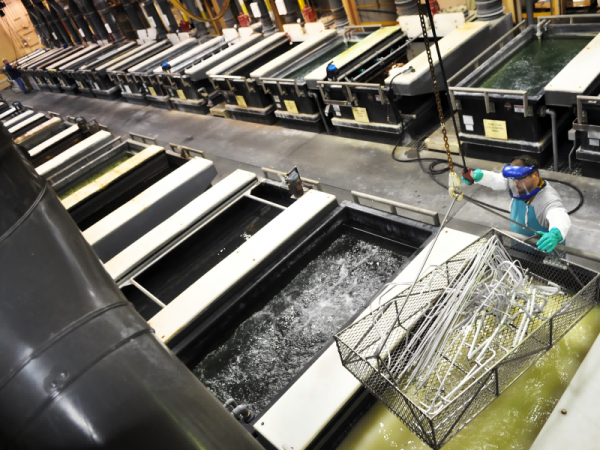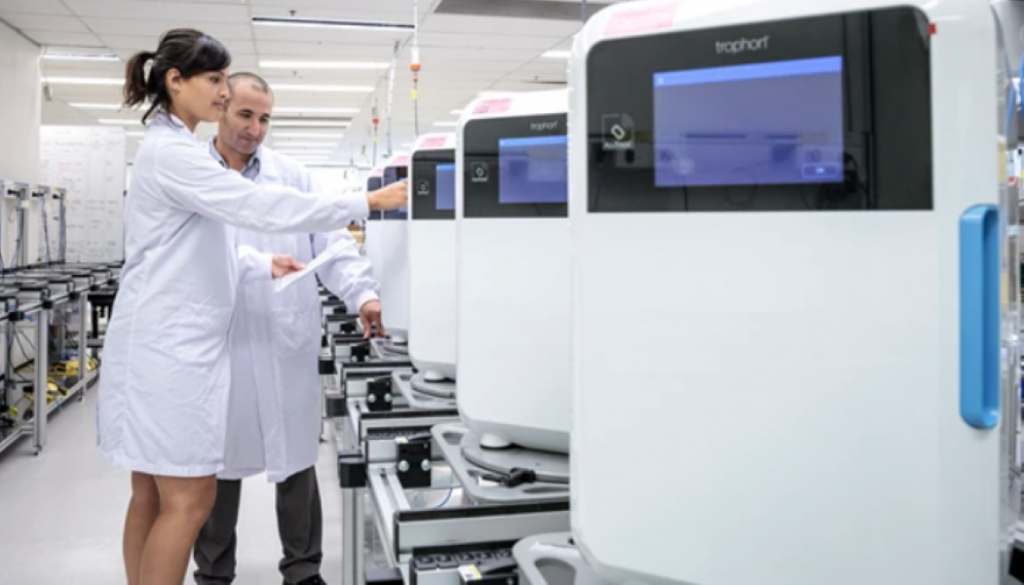Understanding Rapid Prototyping
In today’s fast-paced market, bringing a product from concept to reality quickly and efficiently is paramount. A rapid prototype company specializes in creating physical models of products in a short amount of time, allowing designers and engineers to test and refine their ideas without lengthy delays. This process not only improves product design but also enables businesses to respond swiftly to market demands. Utilizing advanced technologies like 3D printing, CNC machining, and injection molding, these companies can produce prototypes that closely resemble the final product in both form and function. By leveraging rapid prototyping, teams can identify design flaws early, thereby reducing costs associated with revisions later in the production cycle.

Applications of Rapid Prototyping in Industry
Industries ranging from automotive to consumer electronics benefit greatly from the services of a rapid prototype company. For instance, automotive manufacturers utilize rapid prototyping to test components before moving to full-scale production. This allows for thorough testing of individual parts in real-world conditions, which can prevent costly recalls and enhance the safety of the final product. In the realm of consumer products, creating a tangible prototype allows for user feedback that is crucial for final adjustments. Rapid prototypes enable companies to present concepts to stakeholders or investors, providing a visual and functional representation of the product, ultimately aiding decision-making processes.
Exploring Rapid Prototype Services
The demand for speed and efficiency has led to the proliferation of rapid prototype service providers in various sectors. Such services streamline the development process by employing cutting-edge technologies to deliver high-quality prototypes. From initial sketches to functional testing, these services enhance collaboration among team members and stakeholders. Furthermore, quick turnaround times mean companies can move through design iterations with impressive speed, allowing them to reach the market faster than competitors. By working closely with a specialized service, businesses can ensure precision, quality, and value in their prototypes, ultimately translating to better-developed final products.

The Importance of Quality in Prototype Services
Quality control is essential when it comes to rapid prototype service. Utilizing precision engineering techniques, a rapid prototyping service enables businesses to create prototypes that not only meet aesthetic requirements but also functional specifications. This level of quality helps in verifying design integrity before committing to mass production. Moreover, by generating prototypes that are true to the final product, companies can identify and rectify potential issues, thus saving time and costs in the long run. The ability to visually inspect and test prototypes allows for informed decision-making and minimizes risks associated with product launches.
Summarizing the Value Proposition of Rapid Prototyping
In conclusion, the rapid prototyping process offers indispensable advantages for modern manufacturing and product design. With its capability to transition ideas into tangible forms rapidly, innovation cycles shorten significantly. By partnering with a reliable APT-Mold, manufacturers gain access to a wealth of expertise and technology that can enhance their prototyping strategies. The insights gained during prototyping can lead to superior final products that consistently meet market demands.
Enhancing Prototyping Strategies with APT-Mold
APT-Mold stands out as a leader in the field, providing exceptional quality, speed, and service. They offer a comprehensive range of rapid prototype service options tailored to meet the diverse needs of their clients. Their commitment to innovation and precision ensures customers receive products that resonate with both functionality and market needs. By choosing APT-Mold, businesses are not only investing in the prototyping phase but also fostering a culture of continuous improvement and excellence that can have lasting benefits throughout the product lifecycle.
